Jules Perahim was a Romanian artist who died in 2008. Most links to him on the web refer to his surrealist works (in the Dali vein of surrealism) produced while he was in exile, in Paris, in the 1960s and 70s. But Perahim’s work before this leaves just enough milestones to trace an interesting path, from a young Romanian Jew involved with the socialist movement and avante garde art circles, to exile in the Soviet Union during the Axis-allied government during WWII and then returning with the Red Army and becoming part of the new communist government. Finally moving to France and being remembered for his work in surrealism. Between these broad strokes, I think, there’s a story of an age….

I am interested in the missing pieces of his story because I am fascinated by how some artists in the left became ingratiated with totalitarian regimes. I wonder what choices and compromises they made, and also what lies they told themselves to justify those choices. Many artists of the revolutionary period of the Soviet Union were killed (or effectively silenced) so that there is almost no legacy or growth of their ideas after the consolidation of power by Stalin in the late 1920s. Artists who produced work after Stalin (in the USSR) and after WWII (in Eastern Europe) are not quite as intriguing to me, mostly because much of the work is ho-hum socialist realism. Also, many of them were artists of the status quo. Had they been in a western country they may as well have worked in an advertising firm or as commercial illustrators.
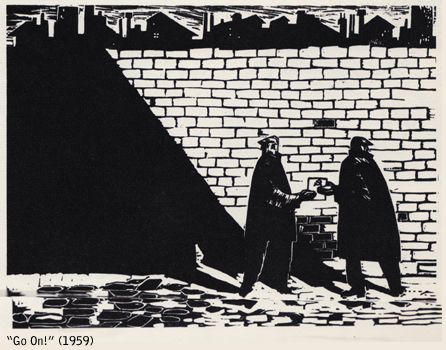
Perahim is interesting to me because he was an artist/activist opposed to the right wing and monarchist governments of the 30s and 40s in Romania. He was allied with communist movement before they came to power. One can’t quite project a purity of intention, but I think we can assume a sincerity with him in the beliefs of socialism.
Here’s what I’ve gleaned of his life. He was born in 1914 and began exhibiting art in the early 1930s. Romania was one of the hot spots for avante garde art movements in Europe at the time, particularly within Dada and Surrealism. Perahim, associated with surrealist circles and publications, also had political ties. Two of the images here are from work he made in 1934 for Romanian left-wing newspapers. He produced a show of anti-monarchist work that showed with some notoriety in Bucharest in 1936. He met the German artist John Heartfield in 1938, and seems to have joined the communist party due to this influence.
In 1940 the right-wing monarchist government in Romania abdicated power to the even more right wing politician Ion Antonescu who shared power with the fascist Iron Guard (who Antonescu pushed out one year later). The Antonescu government allied with the Axis, and also participated in the holocaust.
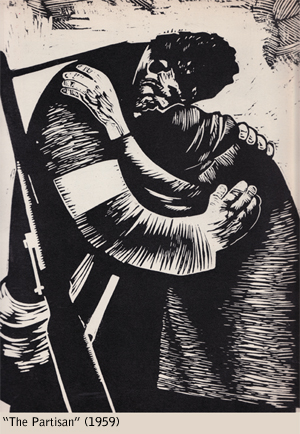
Perahim, a Jewish communist, fled east to the Soviet Union, which was actively seeking to destabilize the many fascist puppet states next door. He joined the leadership of the Romanian Communist Party in exile and was (I believe) appointed a minister of culture and education. He returned to Romania, with the Soviet Red Army, after the fall of the Antonescu in 1944. With the communist consolidation of power, things get a little fuzzy in the written record. I believe he became an influential party artist, a professor of graphic design, and a strong proponent of socialist realism. By 1956 it looks like he lost some of his influence, and worked mostly as a set-designer and illustrator. This is perhaps due to internal Romanian Communist Party maneuvering and anti-semitic purges. The leadership of the party that swept into power after WWII, which Perahim was associated with, was known as the
Moscow Faction– communists in exile during WWII with many Romanian Jews in positions of leadership. Opposing this faction was the
Prison Faction, who remained in the country during WWII, and apparently were mostly imprisoned. This group I would assume had few or no Jews (due to Romanian cooperation with Germany during the holocaust, Jews were executed, exported, or imprisoned in separate camps).
The Prison Faction, led by Gheorghe Gheorghiu-Dej, ousted most of the Moscow Faction by 1952. Gheorghiu-Dej ruled Romania until his death in 1965, where he was replaced by Nicolae Ceauşescu (a cell-mate of Gheorghiu-Dej during WWII).
I couldn’t find any record of Perahim from 1956 until 1969, when he moved to France. I can’t imagine it was easy to emigrate from Romania at the time, but also many communist countries at the time were eager to get rid of their Jewish populations. He was married, he had a family, and seemingly a fairly successful art career painting surrealistically. He died at the age of 94.
I am mostly interested in Perahim for selfish reasons, I like his art, even his socialist realist art and I wish to see it free from the taint I associate with Stalinism, Ceaucescu etc… I like his figures, his strong lines and his usage of light and shadow. I love the mournful shape of the bodies, of mother and son, in
The Partisan. I love the implied subterfuge and paranoia and the way the two saboteurs balance each other in
Go On!. I can piece together his life and try to understand his choices. There was, indeed, a great hope for the future after the liberation from fascist rule. Stalin had loosened his tight grip a little during WWII, slight freedoms were allowed that had been denied, and Stalin had held back a little on the purges and arrests. I think people expected a thawing following the war. Also, at some point I imagine Perahim stopped being an actor in his own life, and started being ruled by other forces… his Jewish birth, his alignment with certain factions, and the basic need to survive year after year, decade after decade. But none of these things actually settles anything for me. Of all the Eastern Bloc countries (the ‘people’s democracries’) Romania was definitely one of the most severe and repressive… I see justification for his collaboration. Is that wrong?
I also feel that communist art is less reprehensible then fascist art. That the kernel of communism’s utopian spirit, its internationalism and belief in overthrowing the class system, somehow make it more palatable (especially from the distance I have of time and geography). Sorry to not have a fiery conclusion here, but I wonder what anyone else thinks?
Sources:
Kampferische Graphik in Rumanien, Verlag Meridiane, Bucharest 1963
Wikipedia entry on Jules Perahim




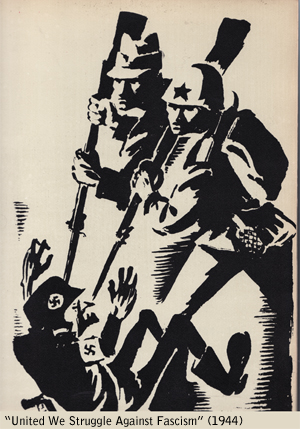
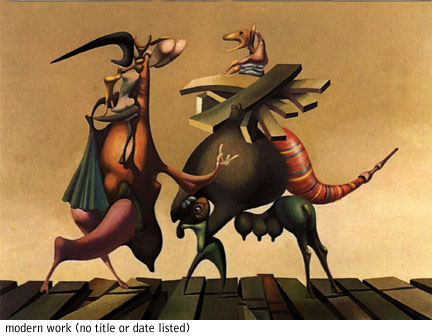
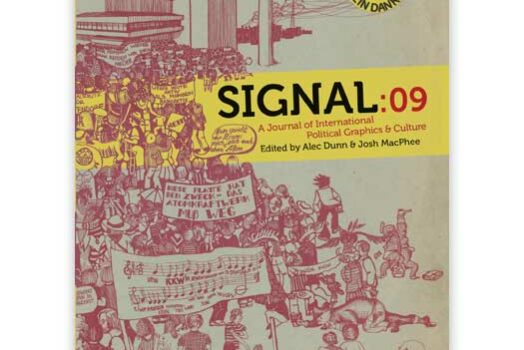
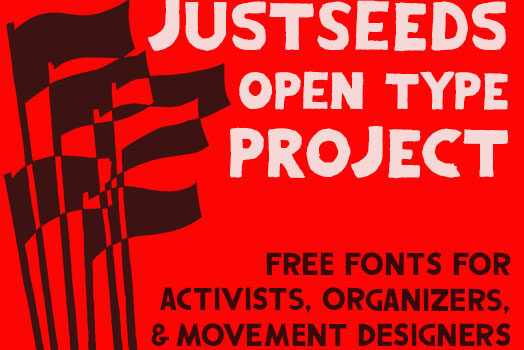
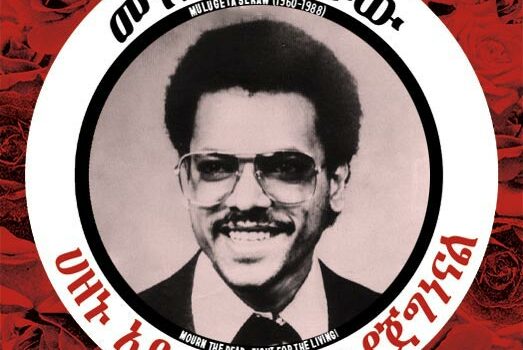

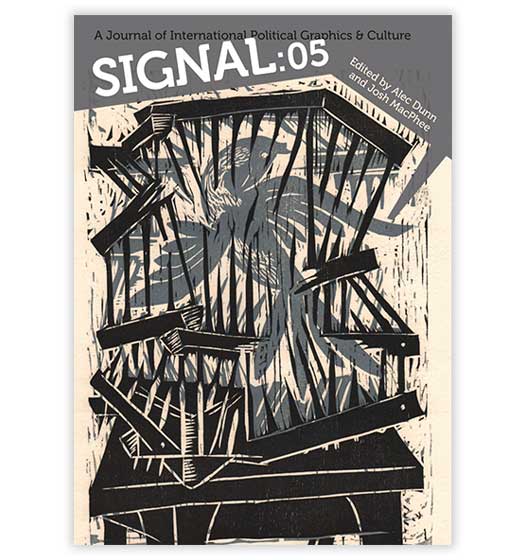
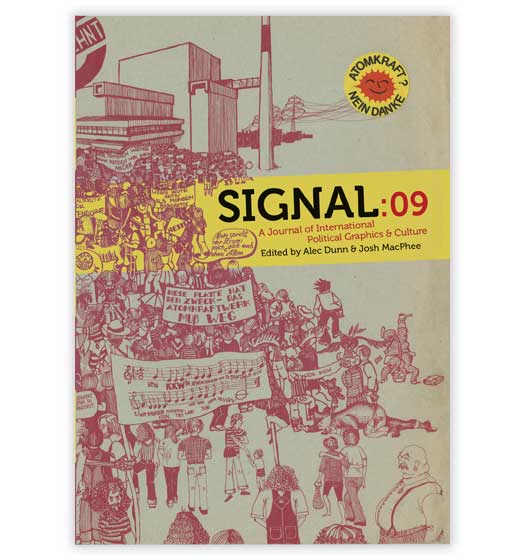
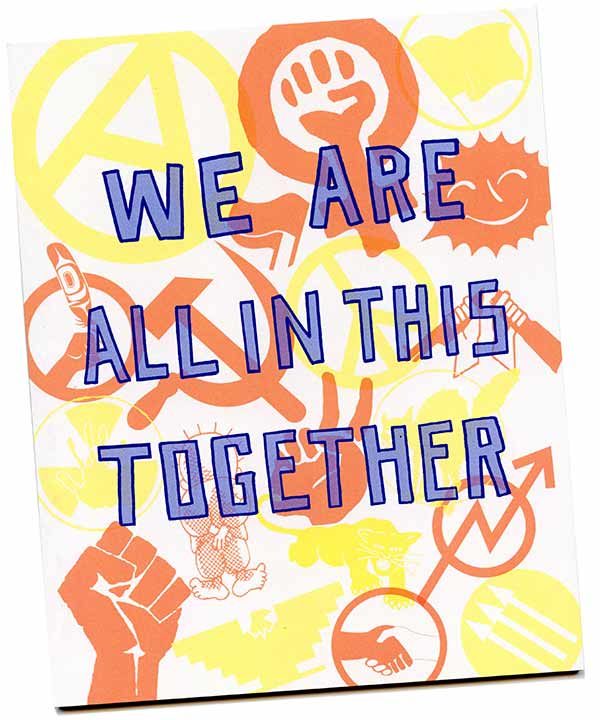
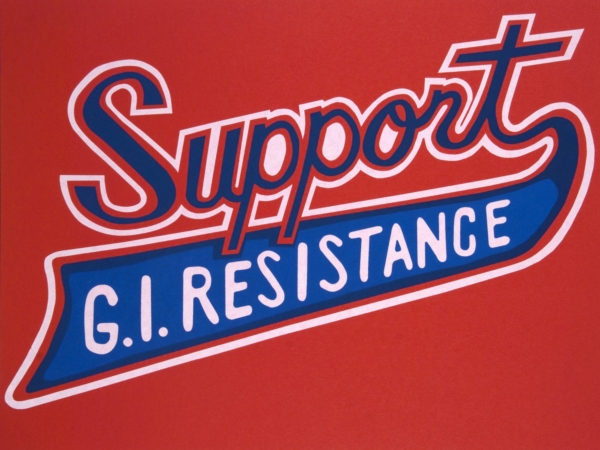
This is great. I recently was looking through old flyers and found and flyer you made in which you used “The Partisan” print for a show when I was touring with Living Under Lies in New Orleans. It’s such an amazing image I always wondered who made it. If it weren’t for the punks appropriating images for flyers and T-shirts I think I wouldn’t have been drawn to start making relief prints myself.
Jules Perahim painted a portrait of my Mother Sofia in Bucharest between 1947-1949. The painting was left behind when my mother and I left Romania in 1961. I wonder if you have any idea how to go about searching for this painting.
I have no idea…
When I looked into info about him I thought I found a gallery in Paris that represented his work, but a quick scan on the internet led me nowhere.
Good luck!